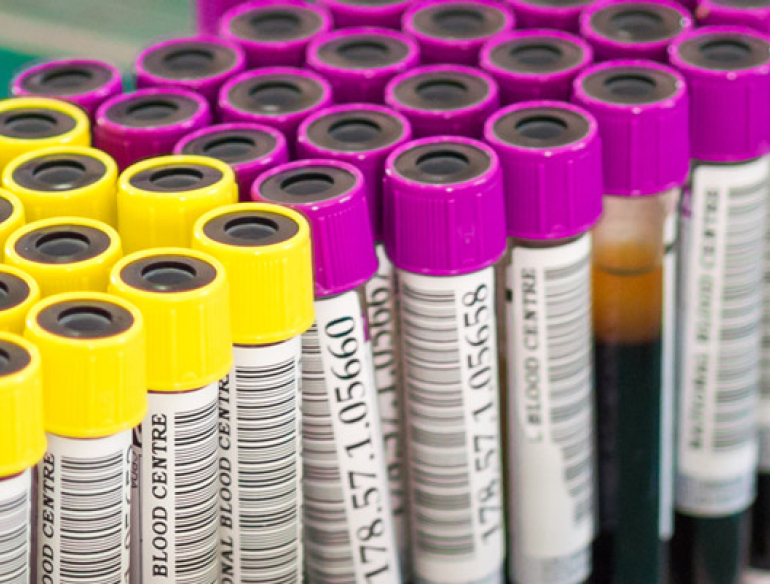The project provided estimates of cumulative exposure to SARS-CoV-2 by geographic area, age groups, and time and contributed important information to inform mathematical models of SARS-CoV-2 spread and potential impact.
The novel Severe Acute Respiratory Syndrome Coronavirus 2 (SARS-CoV-2) emerged in late December 2019 and was declared to be the cause of the global pandemic on 11 March 2020. While the epidemiological picture regarding clinical cases and their outcomes emerged, the extent to which SARS-CoV-2 infection reached the community as a whole, and in different age and other risk groups, was unknown, because a substantial proportion of cases are asymptomatic or minimally symptomatic.
A series of serological surveys (serosurveys) for SARS-CoV-2 were implemented across Australia in order to understand and track the community prevalence of infection. Such surveys provide estimates of the proportion of people in population who developed antibodies to the virus in their blood. They are the only tool we have to reliably measure the extent of SARS-CoV-2 infection in the community, and the impact of public health measures to reduce transmission.
In the context of minimising social and health service contact, serosurveys cannot generally use designs which involve going out into the community specifically for the purpose of obtaining blood samples. Instead, in partnership with public and private pathology providers and the Australian Red Cross Lifeblood, residual blood specimens collected for other purposes were tested for the presence of antibodies to the virus. NSW reported the largest number of laboratory-confirmed SARS-CoV-2 infections and deaths. As such, the first surveys were conducted in the NSW population, with an initial focus on Sydney, before being rolled out nationally.
- National Centre for Immunisation Research & Surveillance (NCIRS)
- NSW Health Pathology
- Australian Red Cross Lifeblood
- Private pathology providers
